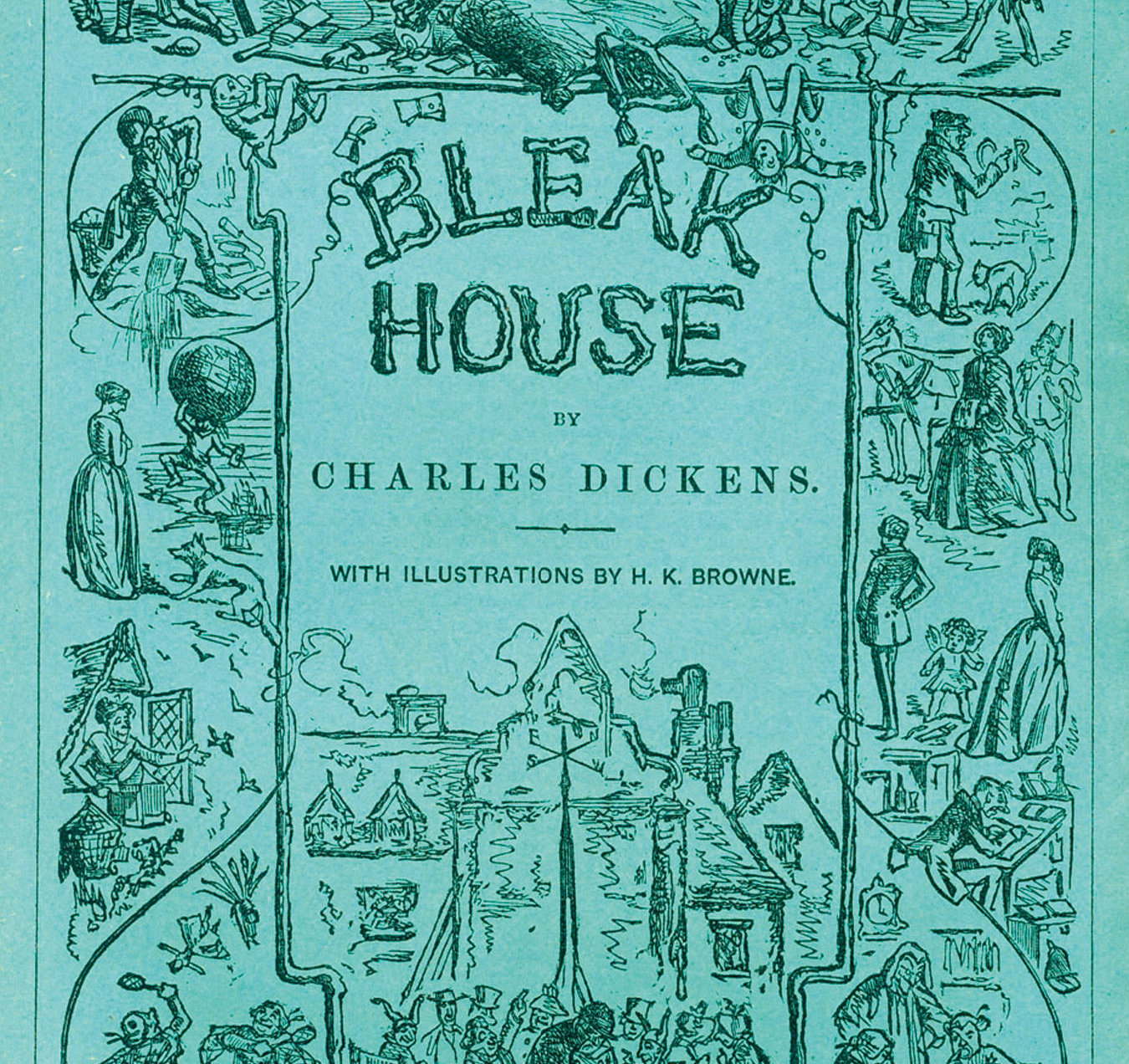Table Of Content

Miss Barbary bitterly tells Esther that she was “her mother’s disgrace.” Esther is distraught and does not understand what her Miss Barbary alludes to. Two years later, Miss Barbary has a stroke while Esther is reading to her from the Bible and dies not long after this. At her godmother’s funeral, Esther is approached by a man she has seen before at Miss Barbary’s house. This man is Mr. Kenge and he tells Esther that Miss Barbary was really her aunt, and that Esther is now to be sent to school under the care of her new guardian, a man named Mr. Jarndyce. She is very happy at school and is trained to be a governess.
Contents

Richard, after a series of failed attempts (studying to become a doctor, a lawyer and finally a soldier), decides to use his knowledge in the legal field, to win the disputed inheritance. In this he is opposed by John, who sees the curse in case family. The story is rooted in a legal case called Jarndyce v. Jarndyce involving a disputed inheritance, a challenged will, large sums of money and land around Marr manor in south Yorkshire.
Bleak House: Characters
He convinces his friend Tony Jobling to take Nemo’s room at Krook’s, so that he can spy on Krook and gather information about Nemo. (21) Nearby, Trooper George, a former soldier, runs a shooting gallery. He has borrowed the money for the business from Grandfather Smallweed, a small-time money-lender, and each month George manages to pay enough interest to renew the loan for the principal amount. When Snagsby tells him Jo’s story of the lady who gave him a sovereign, the lawyer sends Snagsby and detective Bucket to Tom-All-Alone’s to find the boy.
Bleak House - Dickens' Masterpiece Lampoons the Court of Chancery
The three young people arrive at Jarndyce’s home, Bleak House, to a warm welcome. As the novel goes on, Richard tries and discards several vocational options in the belief that he will inherit a substantial sum when the lawsuit is settled, and he and Ada fall in love. Later, the lawyer Mr. Tulkinghorn stops by the London home of Sir Leicester Dedlock and his wife, Lady Dedlock. She is also connected with the suit, and, as the lawyer goes over affidavits with her, she takes a sudden interest in the handwriting on one of the documents.
The name was taken from the house of a recluse outside Chat ham, known to Dickens as a child. Although Skimpole claims to possess the innocence and openness of a child, he turns out to be more secretive and knowing than he pretends. He colludes with Bucket to “move on” the feverish Jo; he callously ignores the suffering of his wife and children, and his final condemnation of Jarndyce reveals a selfishness that belies his innocent philosophy. His relationship with Jarndyce, who is largely blind to Skimpole’s faults, adds an important dimension to the novel’s critique of philanthropy, suggesting that philanthropy calls for collusion between the philanthropists and their clients.
Boythorn, Lawrence
Bleak House: Civil War-era home hints of a dark past and a bit of Dickens - Knoxville News Sentinel
Bleak House: Civil War-era home hints of a dark past and a bit of Dickens.
Posted: Thu, 20 Jun 2019 07:00:00 GMT [source]
When Sir Leicester, who has had a stroke from the shock of Bucket’s revelations, reads the letter from his wife, he instructs Bucket to find her and tell her that he fully forgives her. Bucket enlists the aid of Esther, and, after an exhaustive search, they find Lady Dedlock at the gate of Hawdon’s burial ground, dead. After Esther falls ill, Woodcourt tends to her, and one night he tells Esther that he is in love with her.
Tom-All-Alone’s
Esther Summerson – The character of Esther narrates long portions of Bleak House. She is the only female character in a Dickens novel to do so. Captain Hawdon – In his youth, Captain Hawdon and Lady Dedlock were lovers. Later it’s revealed that Miss Barbary is really the sister of Lady Dedlock and is, in fact, Esther’s aunt.
Charles Dickens
He can preserve Bleak House, even build a replica of it, but he cannot create a new order. Lady Dedlock’s death is only the last in a series of deaths that litter the stage of the novel with bodies. From Tom Jarndyce’s suicide, which occurs before the action of the story, the novel records the deaths of Miss Barbary, Jenny’s baby, Captain Hawdon, Krook, Neckett, Gridley, Tulkinghorn, Jo, and Richard Carstone. All of them are, in some way or other, victims of Chancery. (36) At Boythorn’s house, where she goes to recuperate, Esther finds a mirror in her room with a curtain pulled across it. After Charley has gone to bed, Esther pulls back the curtain, looks in the mirror, and tearfully accepts her changed face.
The illness she contracts from Jo and Charley, two of her “outcast” doubles, forces her to confront her self-image, symbolized in the mirrors, and enables her to acknowledge her parentage and her passion. Harold’s wife “had once been a beauty, but was now a delicate high-nosed invalid, suffering under a complication of disorders” (43). Mrs. Rouncewell’s elder son, who has moved away and become an ironmaster; he “would have been provided for at Chesney Wold, and would have been made steward in good season; but he took . “He is a little over fifty perhaps, of a good figure, like his mother; and has a clear voice, a broad forehead from which his dark hair has retired, and a shrewd, though open face. He is a responsible-looking gentleman dressed in black, portly enough, but strong and active.
After a respite at Greenleaf—a marked contrast to Jane’s unhappy Lowood School—Esther is called to be the housekeeper at Bleak House, where she will also be tempted to marry the master of the house. On the way there, she stays at the house of Mrs. Jellyby, whose “telescopic philanthropy” leads to her preoccupation with Africa and to her neglect of her own children. Mrs. Jellyby represents the bleak house of imperial England, engaged around the world but out of touch with the problems at home. Krook’s rooming house is another emblem of such waste and neglect.
“The idea is for him to make it an installation work, with objects from his collection. It’s not a chronology of his work, it’s a teasing out of his interests.” Next year, LACMA’s Del Toro exhibit will travel to the Minneapolis Institute of Art and Toronto’s Art Gallery of Ontario. These may seem perverse stories for a child, but accounts of cannibalism were a popular topic of news and discussion in the early 1800s, Stone said. At the time, English explorers were traveling to uncharted African regions and reported that cannibalism was practiced.

No comments:
Post a Comment